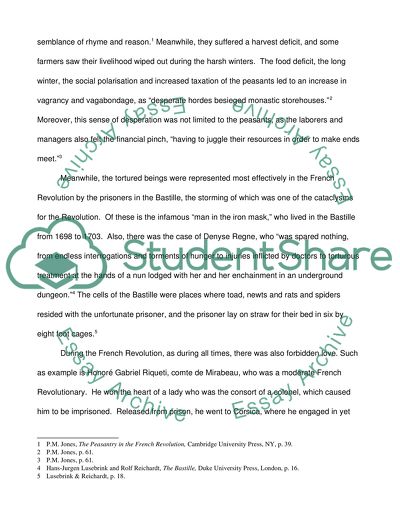Cite this document
(“Popular Culture Essay Example | Topics and Well Written Essays - 2000 words”, n.d.)
Retrieved from https://studentshare.org/journalism-communication/1438270-popular-culture-and-the-fantastic
Retrieved from https://studentshare.org/journalism-communication/1438270-popular-culture-and-the-fantastic
(Popular Culture Essay Example | Topics and Well Written Essays - 2000 Words)
https://studentshare.org/journalism-communication/1438270-popular-culture-and-the-fantastic.
https://studentshare.org/journalism-communication/1438270-popular-culture-and-the-fantastic.
“Popular Culture Essay Example | Topics and Well Written Essays - 2000 Words”, n.d. https://studentshare.org/journalism-communication/1438270-popular-culture-and-the-fantastic.


